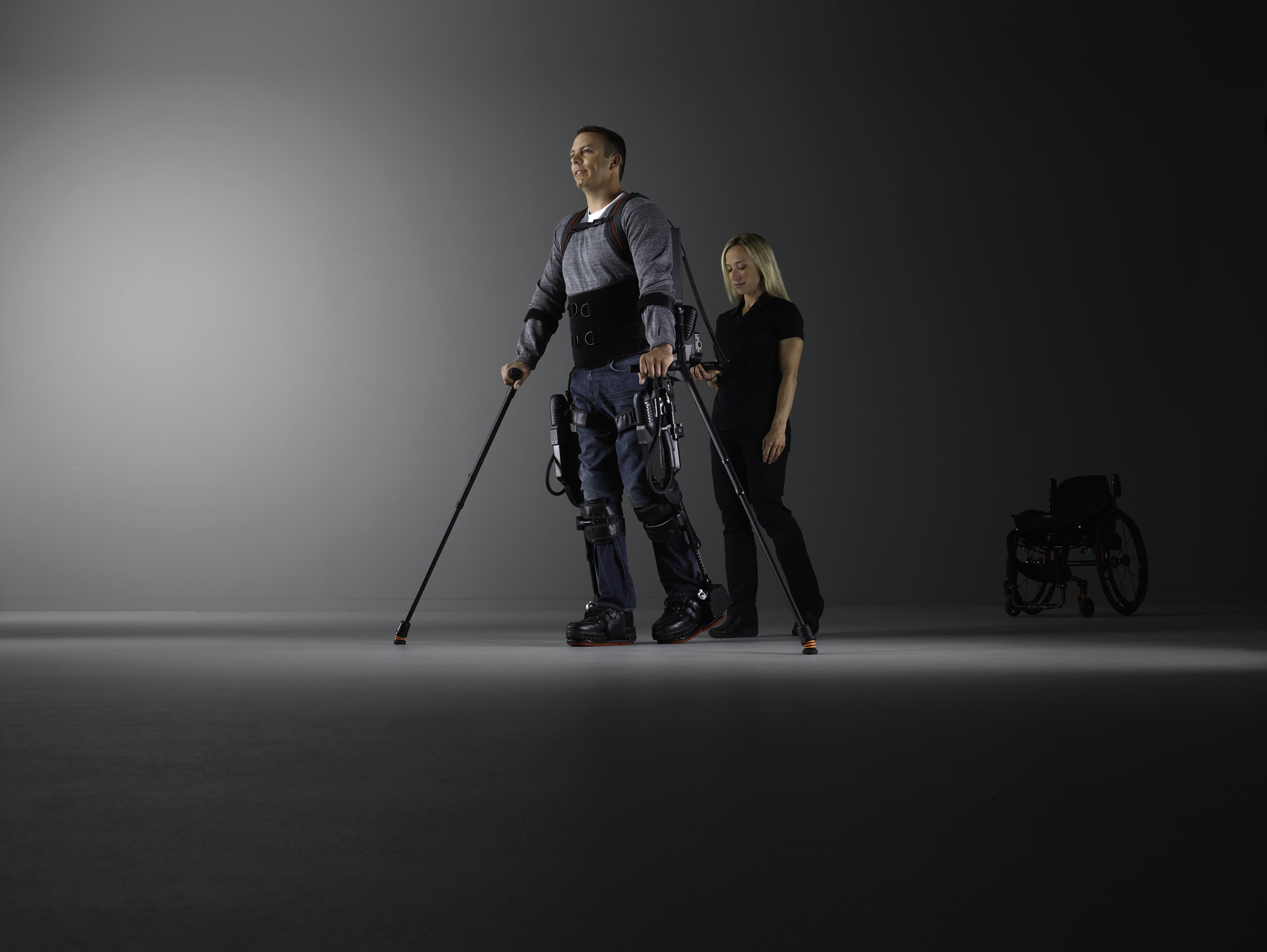Everyday noise, noise everywhere.
Nana Lehtinen
Are you at home reading this? Stop for a minute and listen. What do you hear? Is it quiet and peaceful? Just the TV from the other room and maybe the dishwasher doing its stuff? Or just the AC blasting? These are background noises that we tend to get accustomed to and hardly notice them after a while. It’s easy to focus on reading a newspaper, or writing down a list for the grocery shop.
For many of our patients with TBI or stroke, things are not as simple. Background noise, however slight in our ears, may be utterly disturbing or just distracting. For many of our patients, background noise may be distracting enough to restrain them from being able to finish a task, understand long passages of speech or gather their thoughts for a shopping list for the grocery store.
I have come across many patients who are able to perform quite well in a quiet therapy room, but performing the same task after I turn on the radio becomes almost impossible. Having done this with a patient, I often get mixed responses, and questions about what just happened and why.
One of my favorite tricks to demonstrate my point is this. I give the patient two short, simple stories to read in a seemingly quiet room. After reading the first story, I give them noise cancelling headphones (good ones!) and ask them to turn them on and read the next story. Oh the difference! One of my patients described this experience “as a cool drink on a hot afternoon”. One patient could not function during the daytime at her home because the noise from the street - after trying on noise cancelling headphones she has been able to read school books during the day! No more need to stay up until the traffic has slowed down!
Now, background noise is not all bad. Erik X. Raj has written an excellent piece on the good about background noise, and I could not agree more. It is definitely something we should be working on with these patients when they are able to handle it.
To help patients understand the quality of their symptoms and find help my choice of weapon is Bose Quiet Comfort 15 headphones. Yes, they are expensive. But boy, are they good…
I use mine when working on an airplane and in a coffee shop, or just at home with all my appliances blaring. For me, it’s nice. For my patients, it can make a crucial difference in being able to fill in a form on their own and understand what they are reading or not being able to function without help.


